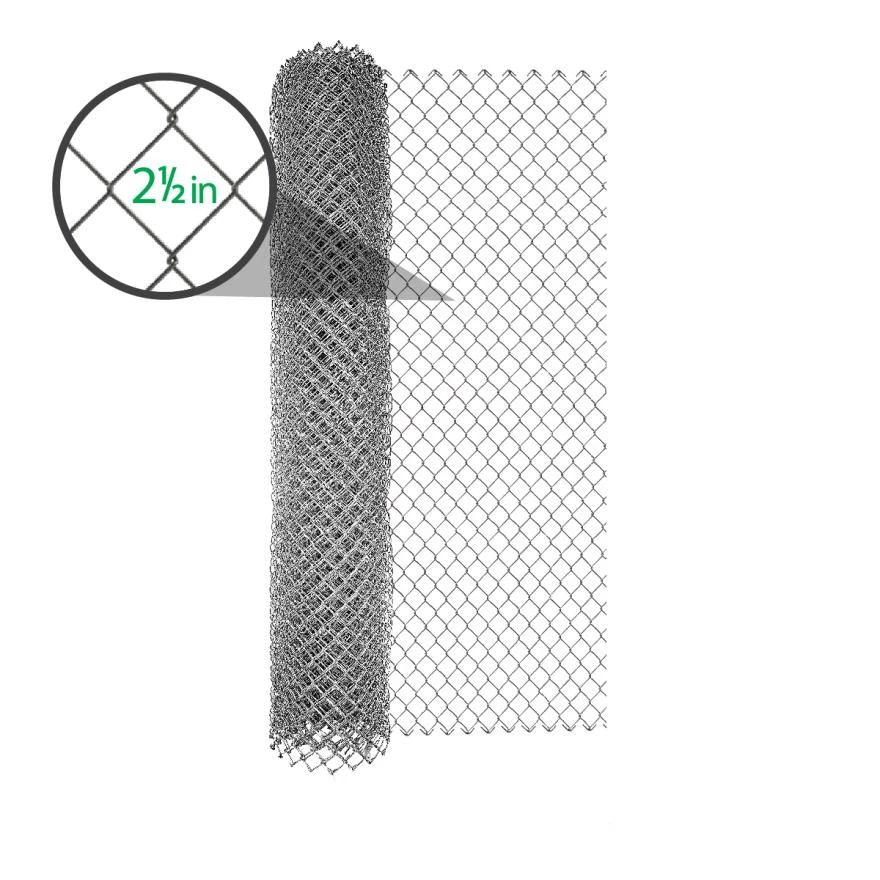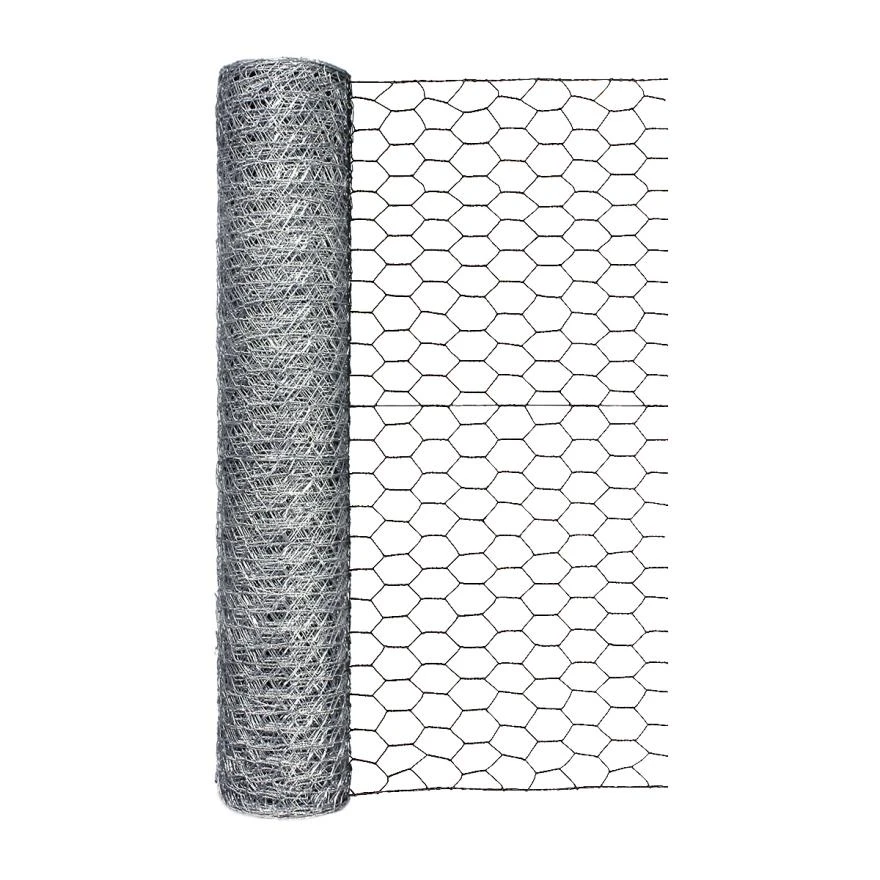Acoustic Fence Panels: Materials, Function, and Soundproofing Principles
Mar . 25, 2024 16:23
In the hustle and bustle of modern life, finding peace and tranquility in our living spaces has become increasingly challenging. However, acoustic fence panels offer an innovative solution, providing a refuge from environmental noise pollution. In this comprehensive exploration, we delve into the materials, functions, and soundproofing principles of outdoor acoustic fence panels, revealing their effectiveness in creating quiet and secluded spaces.
Acoustic Fence Panels’ Materials
Acoustic fence panels are meticulously crafted from a variety of carefully selected materials, each possessing sound-absorbing properties and durability. Common materials include dense woods, composite materials, and specialized sound-absorbing materials such as rock wool or mineral wool. These materials are often layered or sandwiched together to maximize sound absorption and minimize sound transmission. The construction of acoustic fencing panels typically involves tightly installing the materials within a sturdy framework to ensure structural integrity and longevity.
Acoustic Fence Panels’ Function
The primary function of acoustic fence panels is to mitigate and eliminate noise pollution, creating a quieter and more peaceful atmosphere in residential, commercial, or industrial environments. By blocking, absorbing, and diffusing sound waves, acoustic fencing panels reduce the propagation of noise from external sources such as traffic, construction sites, or neighboring properties. This not only improves the quality of life for residents but also provides conducive conditions for relaxation, concentration, and enhanced work efficiency.
Acoustic Fence Panels’ Soundproofing Principles
Acoustic fence panels achieve their soundproofing capabilities through a combination of absorption, reflection, and transmission loss. Sound waves propagate through changes in air pressure and can be absorbed, reflected, or transmitted by different materials. acoustic fencing panels utilize dense and porous materials to absorb sound waves, converting sound energy into thermal energy through friction within the material. Additionally, the sturdy construction of the panels reflects and scatters sound waves, preventing them from penetrating the fence. Finally, the design and installation of acoustic fence panels aim to minimize gaps and gas leakage, reducing sound transmission through the fence structure.
Acoustic Fence Panels Applications
Acoustic fence panels have diverse applications in various environments where noise control is essential. In residential settings, they are often installed along property boundaries to create privacy and buffer external noise sources such as traffic or neighbors. In commercial and industrial environments, acoustic fencing panels are used to reduce noise emissions from machinery, HVAC systems, or production processes, ensuring compliance with noise regulations and improving the working environment for employees. Additionally, outdoor acoustic fence panels are applied in public spaces such as parks, schools, and recreational areas to minimize noise disturbances and create a tranquil atmosphere.
Acoustic fence panels represent a sophisticated solution to the prevalent issue of noise pollution in our modern world. Through careful selection of materials, meticulous construction, and adherence to soundproofing principles, these panels effectively create quiet and peaceful environments, allowing individuals to escape the hustle and bustle of urban life. As the demand for peace and tranquility continues to grow, acoustic fencing panels exemplify human wisdom and the pursuit of harmonious living spaces.









 Unity
Unity Creation
Creation Challenge
Challenge Contribution
Contribution










